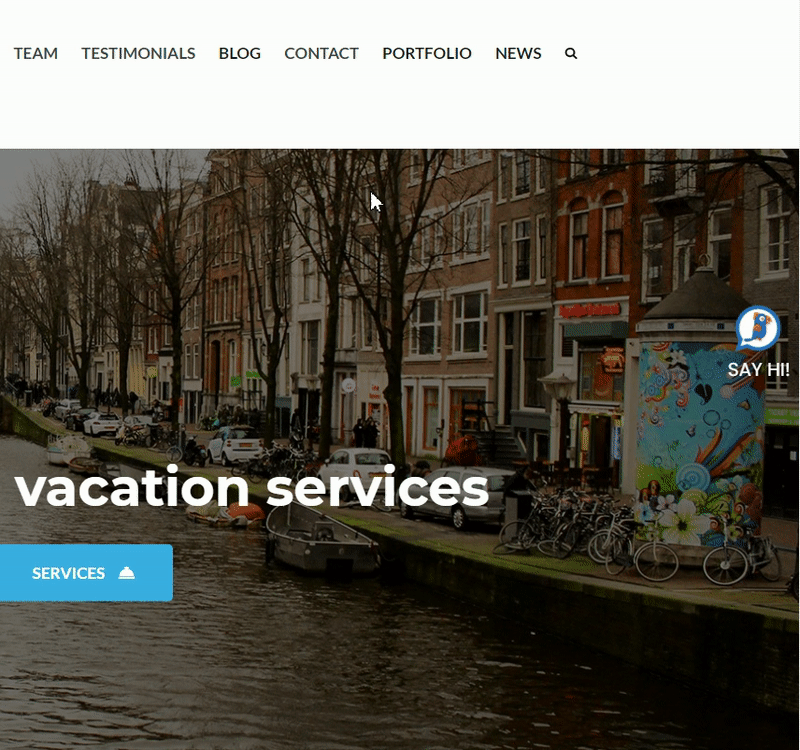In this guide we’ll show you how to launch Tawk.to through My Sticky Elements. Tawk.to is a free live chat platform that lets you monitor and chat with visitors on your website.
To learn more about how to use the My Sticky Elements plug-in click here, and don’t forget to check our entire My Sticky Elements knowledgebase to make the most out of it.
So let’s dive in. First, install the Tawk.to plug-in for WordPress here: https://wordpress.org/plugins/tawkto-live-chat/
If you don’t have a Tawk.to account yet, you can sign up for one either when setting up the plug-in or on the Tawk.to website. Then, open the Tawk.to dashboard in your browser and click on the ”Administration” gear icon at the bottom left corner of the page. Copy your ”Property ID” and paste it in the Tawk.to plug-in settings to pair your account with the plug-in.
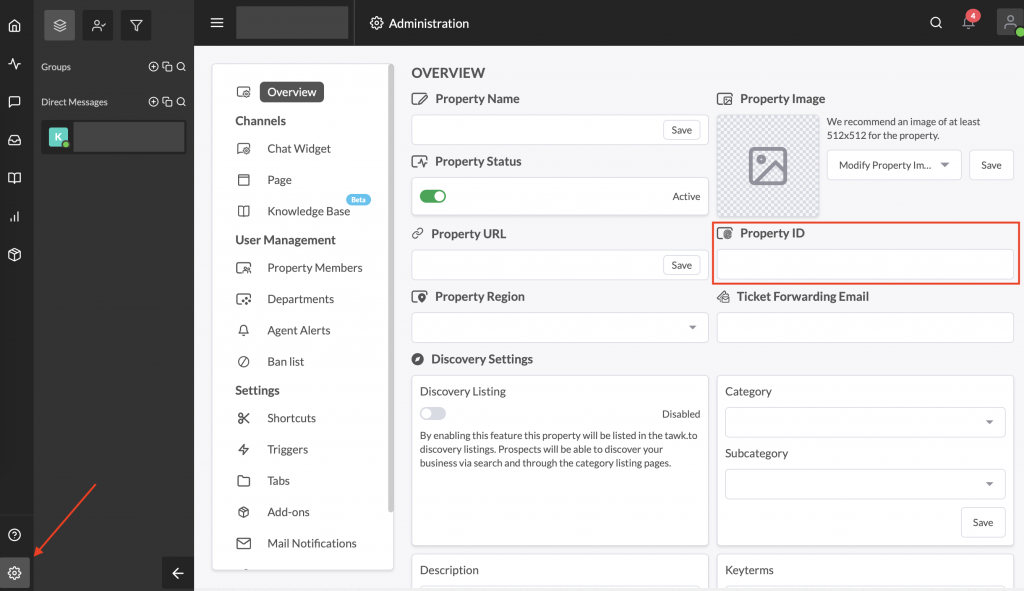
Now, open the My Sticky Elements settings from your WordPress dashboard, then go to section 2 – “Add chat and social media” and from the Chat & social icons add a new custom link channel:
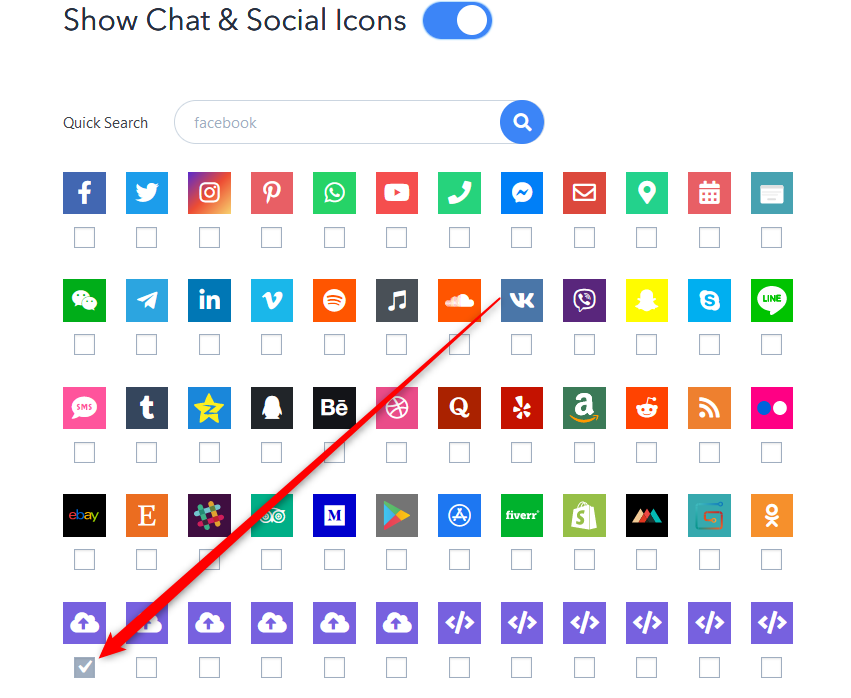
In the field that will show up below, add this code:
javascript:void(Tawk_API.toggle());
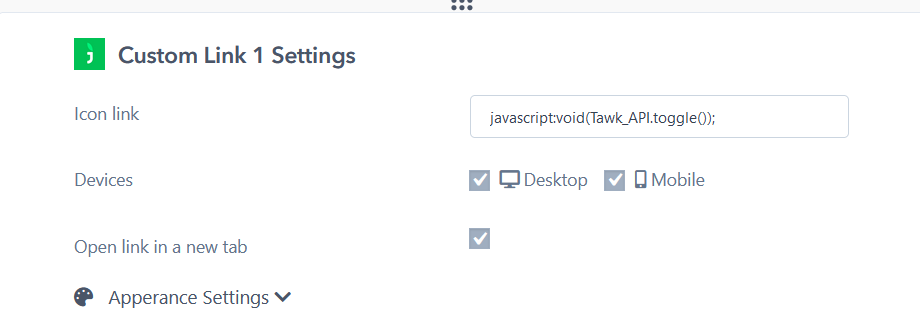
Select whether you want your Tawk.to live chat to be displayed on desktop or mobile devices, or both. You can customize the channel appearance by expanding the “Apperance settings”. You can then customize the channel appearance by uploading a custom icon – for example the Tawk.to logo – or choosing one from the Font Awesome directory. If you select an icon from the Font Awesome directory, you can change its background colour and colour. You can also add an icon text (the text that will appear under the icon in the My Sticky Elements widget), for example ”Say hi!”, as well as your icon text size and on hover text, for example ”Chat here”.
Note: if you want to hide Tawk.to on load so that the widget is launched through My Sticky Elements, you need to log in to your Tawk.to account and open the dashboard, click on ”Administration” at the bottom left corner of the page, then click on ”Chat widget” and in ”Visibility settings” select ”Hide widget on load”.
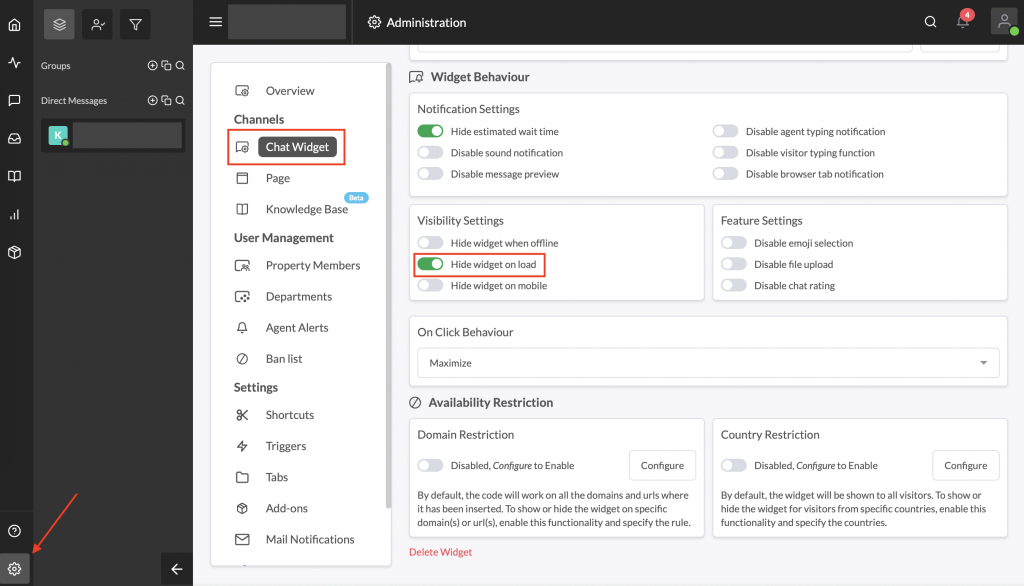
That’s it! When you’re done, don’t forget to hit the ”Save changes” button to make sure your settings will be displayed accordingly. In the end, depending on your settings and customisations, it should look something like this:
